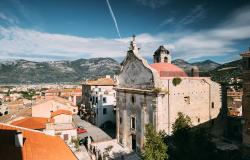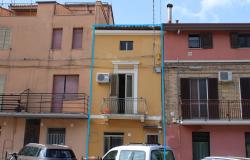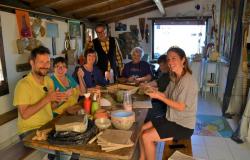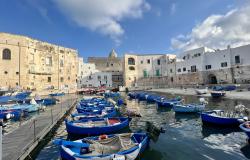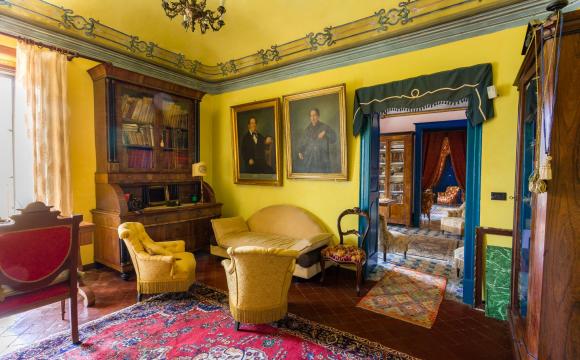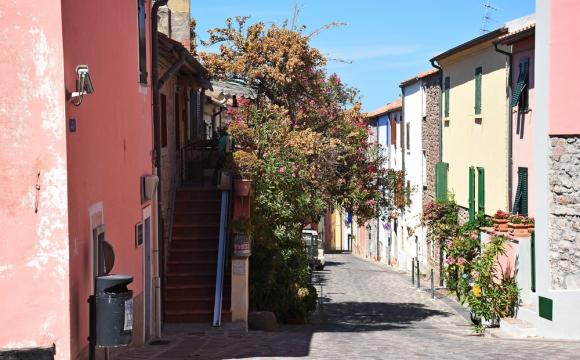
Powerful goddesses, spellcraft and the witching powers of women are the focus of a popular new exhibit in this central Italian city. The show in Chieti's Civitella Museum combines ancient archaeological finds with more recent artefacts to create a journey through centuries of female power, accompanied by haunting music.
The statues of three goddesses comprise the core of the exhibit, which features some 200 items in total.
As well as a terracotta figure of an unknown female deity there are two marble sculptures representing the Greek goddesses of love and fertility, Aphrodite and Demeter. All three icons of female power have been painstakingly restored after being unearthed in an archaeological site near Luco dei Marsi, a town southwest of Chieti.
The importance of the statues in Abruzzan history stems from the ancient worship of a deity known as Angizia or Angitia, a local incarnation of the mother goddess. Angitia was a healing and snake goddess, who was especially revered by the Marsi, a warlike tribe of people who lived in the area from pre-Roman times. Over the centuries, she came to be associated with a number of female divinities from other cultures. However, worship of the original Angitia remained at the heart of local religious practice.
The cult of Angitia has provided archaeologists with enormous insight into the dialect spoken at the time, much of which has been garnered from inscriptions dedicated to her. Her chief temple and grove stood at the southwest corner of Lake Fucinus, not far from the modern town of Luco dei Marsi.
The exhibit's organizers have arranged the finds against a backdrop of a forest, introducing visitors to a variety of female divinities. As well as statuettes and sculptures, the items on display include ancient amulets and talismans, jewels and votive objects, as well as good-luck charms from the 17th century onwards.
The exhibit particularly seeks to draw out the links between female power and the natural world, starting with a symbolic tree that greets visitors when they enter. The leaves overhang a branch of coral and a large shell, both Neolithic finds, laid on the blood-red ochre earth that was used during funeral rites in the Stone Age.
Those stopping under the tree, which symbolizes fertility, prosperity and protection, can hear stories of myths and legends, while pipe music, evoking the ancient sound of the Aeolian harp, accompanies the visitor throughout.
Fortuna e Prosperita. Dee e Maghe nell'Abruzzo Antico (Fortune and Prosperity. Goddesses and Enchantresses In Ancient Abruzzo) is open 10am to 8pm Tuesday to Sunday until May 17.





